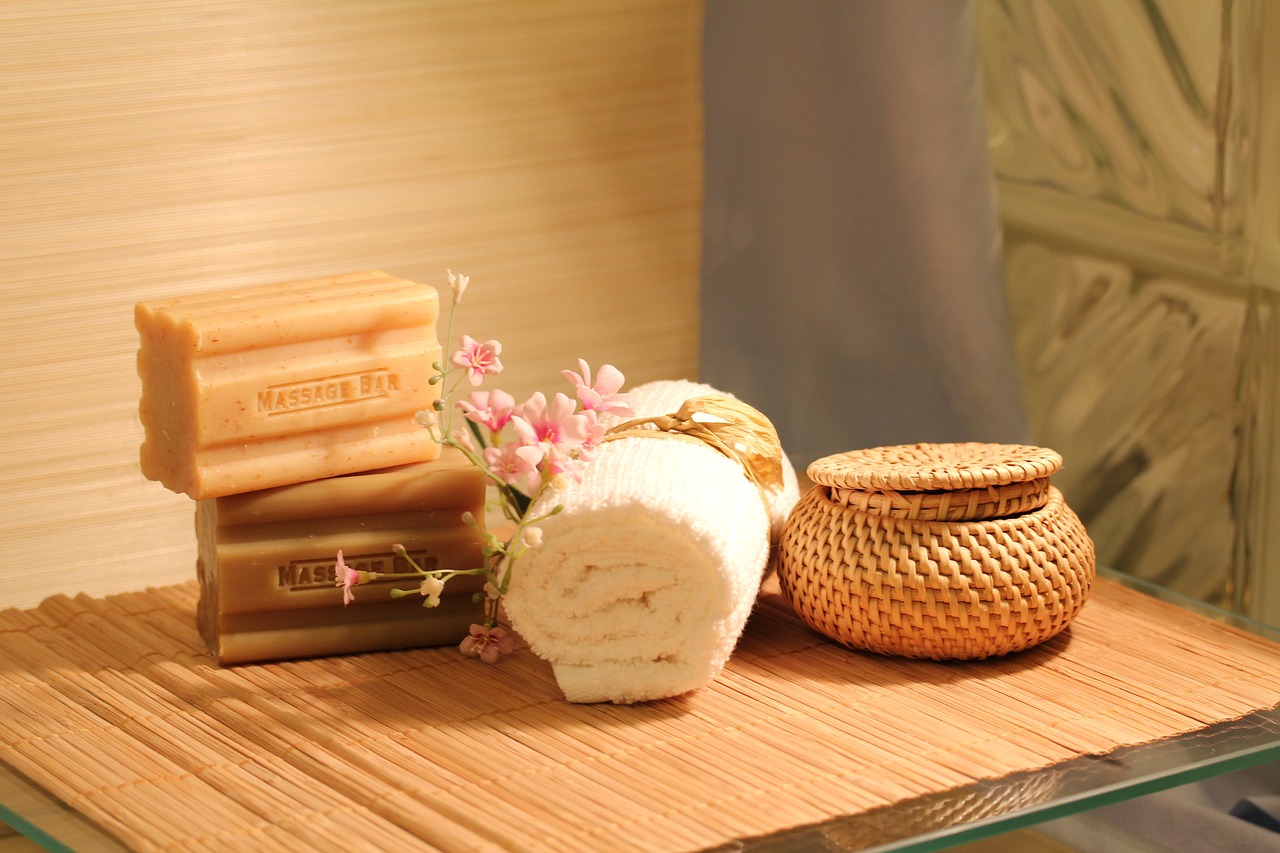Health Benefits of Nature-Inspired Design: Biophilic Architecture for Healing Environments
Incorporating natural elements into architectural designs has been a practice as old as civilization itself. Ancient architects intuitively understood the power of nature in creating spaces that evoke feelings of calmness, harmony, and connection. By integrating elements such as abundant natural light, organic shapes, and greenery, architects can design spaces that not only serve practical purposes but also uplift the human spirit.
The use of natural materials like wood, stone, and clay in construction not only enhances the aesthetic appeal of a building but also contributes to its sustainability and resilience. These materials have the unique ability to age gracefully, developing a patina that tells the story of time. Moreover, their thermal properties can help regulate temperature and humidity levels inside a building, ensuring a comfortable and healthy indoor environment for its occupants.
The Connection Between Nature and Well-Being
Many studies have shown that exposure to nature has a profound impact on our overall well-being. Being in natural environments can reduce stress, anxiety, and improve mood. Researchers have found that simply being in a green space, whether it’s a park or a forest, can help lower blood pressure and heart rate.
Moreover, the benefits of nature on well-being can extend to cognitive functioning as well. Interacting with natural elements can enhance attention span, creativity, and problem-solving skills. This explains why incorporating biophilic design elements in interior spaces, such as natural light, plants, and views of nature, has become a popular trend in architecture and interior design.
Bringing the Outdoors Indoors
Incorporating elements of nature into interior spaces has become a popular trend in modern architecture and interior design. The use of natural materials such as wood, stone, and plants can create a harmonious and inviting atmosphere that blurs the boundaries between indoor and outdoor spaces. By bringing the outdoors indoors, designers aim to evoke a sense of calm and tranquility, providing a much-needed escape from the hustle and bustle of everyday life.
Natural light plays a crucial role in creating a seamless transition between indoor and outdoor environments. Large windows, skylights, and glass doors can flood interior spaces with sunlight, creating a bright and airy feel that mimics the openness of the outdoors. With the right balance of natural elements and light, indoor spaces can be transformed into peaceful sanctuaries that promote relaxation, creativity, and overall well-being.
• Incorporating natural materials such as wood, stone, and plants can create a harmonious atmosphere
• Blurring the boundaries between indoor and outdoor spaces evokes a sense of calm and tranquility
• Natural light through large windows, skylights, and glass doors creates a bright and airy feel indoors
• The right balance of natural elements and light transforms indoor spaces into peaceful sanctuaries
How can nature be incorporated into architecture?
Nature can be incorporated into architecture through the use of natural materials like wood and stone, large windows that allow for natural light and views of the outdoors, and indoor plants to bring a touch of greenery into the space.
What are the benefits of bringing the outdoors indoors?
Bringing the outdoors indoors can help improve air quality, reduce stress levels, increase productivity, and create a sense of peace and tranquility in indoor spaces.
How does the connection between nature and well-being impact individuals?
The connection between nature and well-being has been shown to have a positive impact on individuals, helping to reduce anxiety, improve mood, and promote overall health and well-being.
What are some ways to incorporate nature into indoor spaces?
Some ways to incorporate nature into indoor spaces include adding indoor plants, using natural materials like wood and stone, incorporating water features, and creating views of the outdoors through large windows or skylights.







